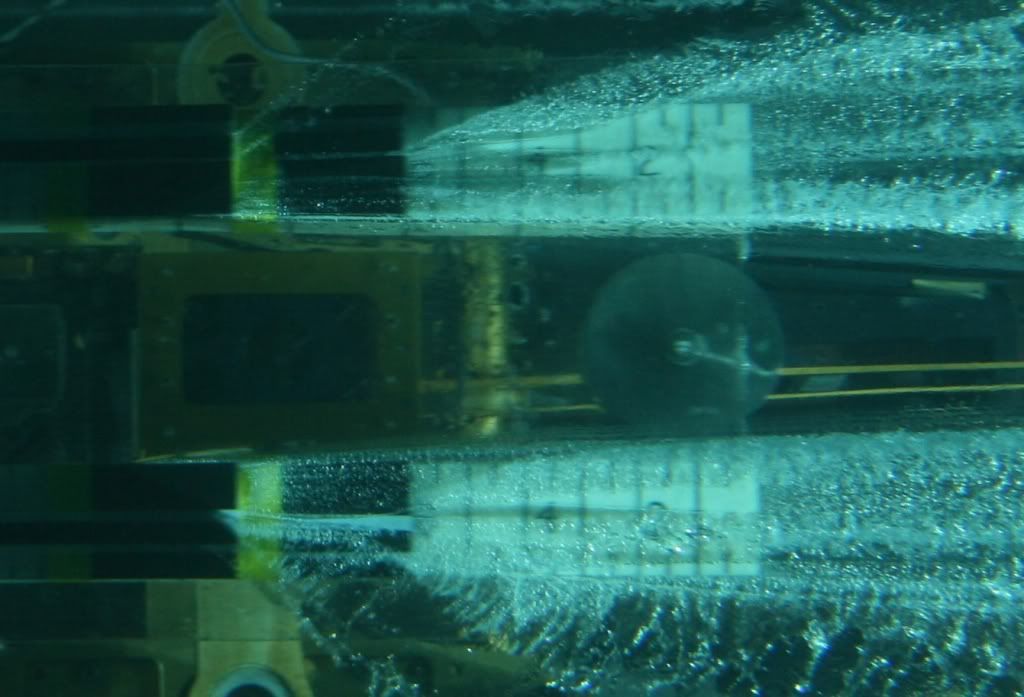T2x
Icon/Charter Member
T2x, so no testing? .
I never said that, what I question is the value of scale model testing.
I am reminded of a conversation that the late Doug Lewis ( a truly gifted rigger, crew chief, throttleman and engine builder)had with a safety equipment provider. The gist of the conversation was how strong some new cockpit devices were...and Doug scoffed at some of the hardware. The vendor was quoting various lab and test results and Doug was openly dismissive of the mock up display ,
His suggestion was to put all of this hardware on a dummy in a test cockpit...... place it 100 feet from a pool or harbor on land and then hit it at 100+ mph with a dump truck into the body of water......... Then repeat the process until your development reached the point where a human replaced the dummy....... Until that was possible....you had work to do.
I agree with Doug except that with today's 200 mph turbines.....you might want to replace the dump truck with a bullet train.
If reading the above gives you a new perspective on what we are truly dealing with....... I've made my point.
T2x

